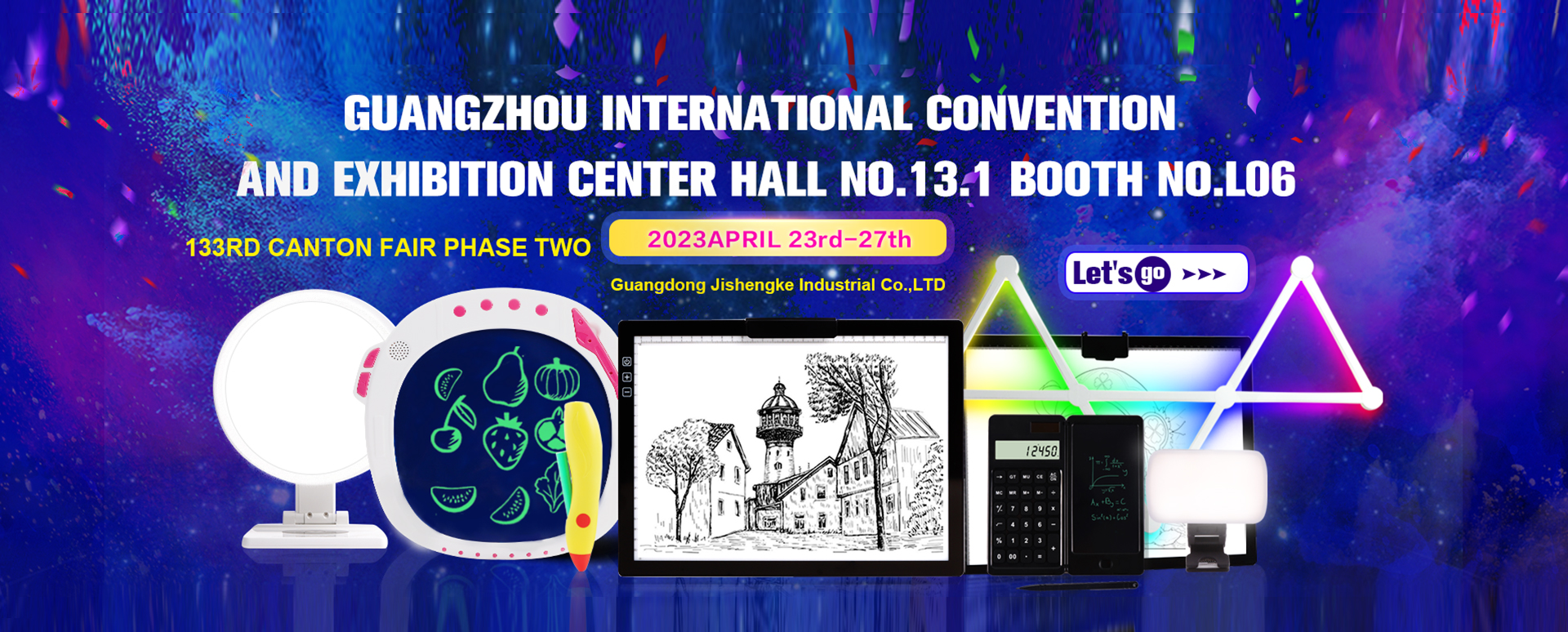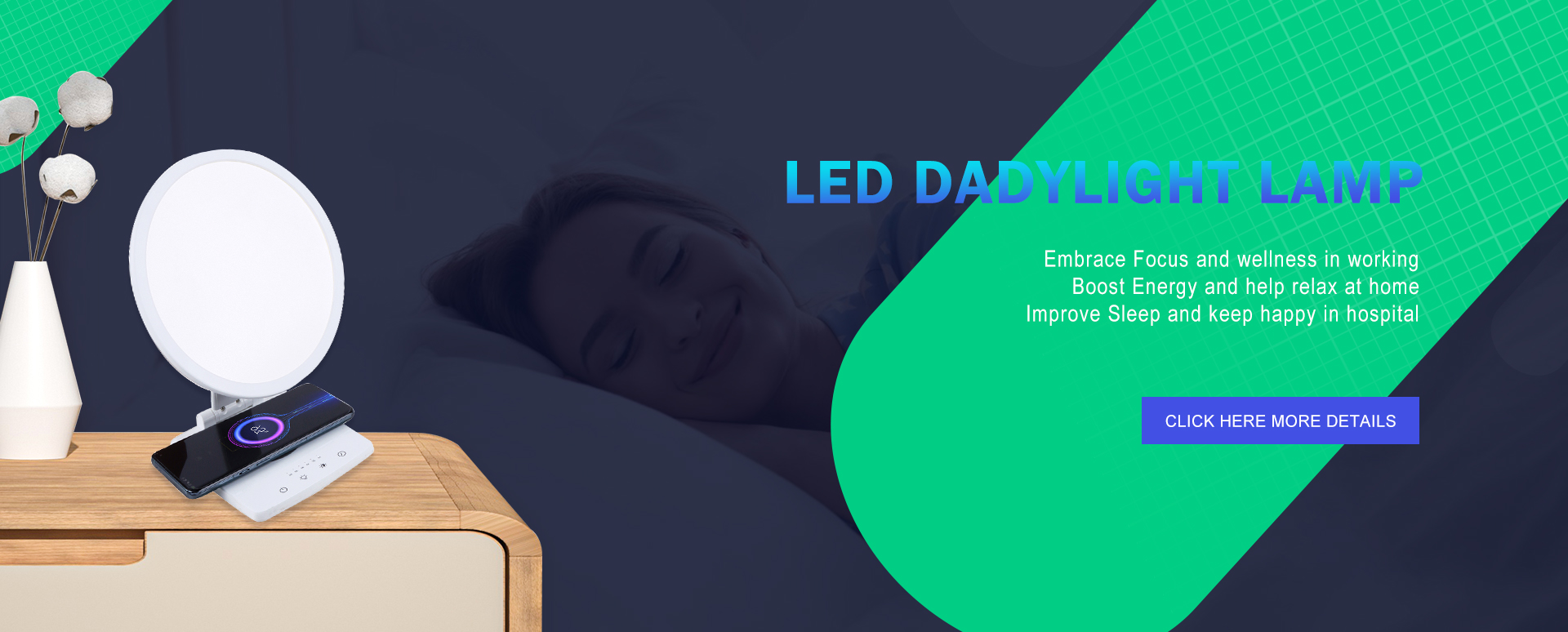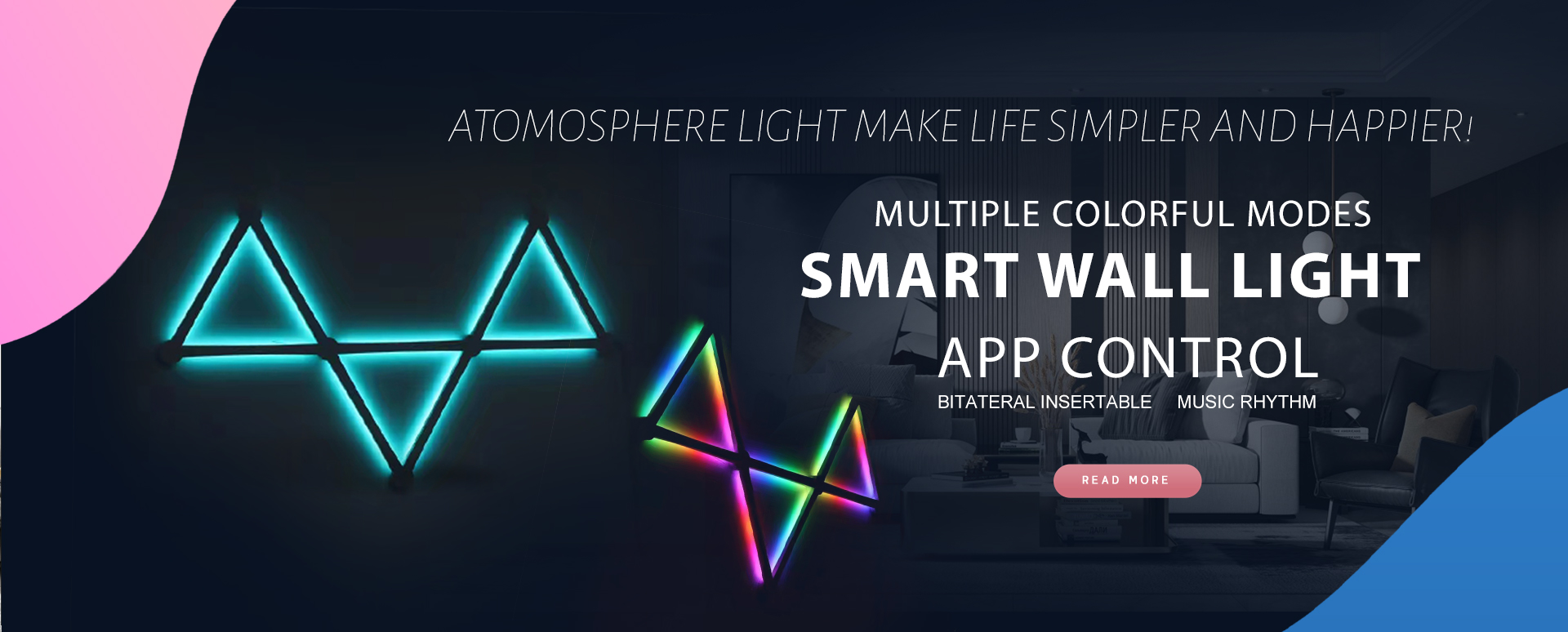What Are The Advantages Of Led Lights
In our daily life, LED lights are the most widely used type of lamps. Many people know that led lights are energy-saving and environmentally friendly, but what are the advantages of led lights? The following editor will introduce the ten advantages of led lights.
One: The lamp body is very small LED is a very small, very fine chip encapsulated in transparent epoxy resin, so it is very small, very light, and can save a lot of materials and space in production and application. Two: very low energy consumption The working voltage of LED is generally only 2~3.6V, and the working current is only 0.02~0.03A. That is to say: it consumes no more than 0.1W of electricity, and the power consumption is more than 90% lower than that of incandescent lamps with the same luminous efficiency, which is more than energy-saving lamps. reduced by more than 70%. Therefore, only LED can be called a real energy-saving light source!

Three: strong and durable
The LED chip is completely encapsulated in epoxy resin. The small epoxy resin particles are extremely difficult to break, and the entire lamp body has no loose parts; the chip inside is extremely difficult to break, and there is little thermal effect and may volatilize and fuse. These features make LEDs difficult to damage. Compared with ordinary light bulbs and fluorescent lamps, LEDs are indestructible, countless times stronger and more durable. Four: long service life Under the proper current and voltage, the service life of LED can reach 100,000 hours, that is, the theoretical product life can reach more than 10 years. It is the only longevity star in the field of lighting. Five: safe low voltage LED uses a low-voltage DC power supply (which can rectify alternating current into direct current), and the power supply voltage is between 6~24V, which varies from product to product. In short, it applies a DC power supply that is safer than a high-voltage power supply, and is especially suitable for homes and public places. Six: a wide range of applications Due to its small size, each unit LED chip is a square or a circle of 3~5mm, so it is more suitable for the preparation of devices with complex modeling processes. For example, in the manufacture of soft, bendable lamps, strips, and special-shaped lamps, currently only LEDs are suitable.

Seven: more colorful
The color of the previous lamps was very simple. To achieve the purpose of color, one was to paint the surface of the lamp or cover the colored sheet, and the other was to fill the lamp with inert gas to emit light, so the richness of color was limited. LED is digitally controlled, and the light-emitting chip can emit a variety of colors at present, among which there are three primary colors of red, green and blue. Eight: less heat dissipation LED is a more advanced cold light source. It does not radiate a lot of infrared and ultraviolet rays like incandescent lamps and fluorescent lamps. It is especially suitable for the lighting of valuables such as cultural relics, jewelry, and high-end cosmetics. There is almost no current heating effect like incandescent lamps, and it will not be affected by thermal expansion and cold contraction. It will not make the bulb yellow, will not accelerate the aging of the lamp, and will not cause a greenhouse effect to the surrounding environment. Nine: less environmental pollution The protective effect of LED on the environment is mainly manifested in three aspects: First, there is no danger of metallic mercury. Unlike fluorescent lamps, which do not use high-hazard mercury in LED lamps, there will be no public hazards such as mercury ions and fluorescent powder that may leak during the manufacturing process of the bulb or after it is damaged. Second, the epoxy resin used to make LEDs is an organic polymer compound. After curing, it has good physical and chemical properties. It has high bonding strength to wafers and metals, is hard and flexible, and is stable to salts, alkalis and most solvents, and is not easy to damage. , even if it is damaged or aged, it can be recycled and reused without causing pollution to the environment. Third, the particle layout of LED lamps and display screens generally produces scattered light and rarely produces light pollution.

Ten: More cost saving
Compared with incandescent lamps and fluorescent lamps, the purchase price of LED lamps is higher. However, due to the extremely low energy consumption of LEDs, a large amount of electricity bills can be saved in the long run, and the investment in lamp replacement can be saved, so the comprehensive use cost is more cost-effective.










